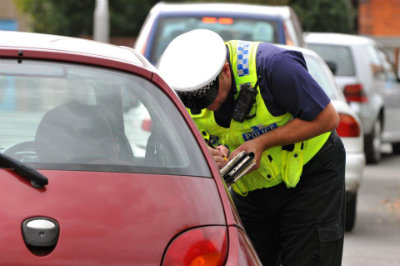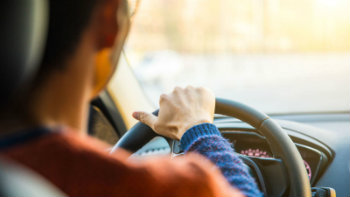This month it has been announced the police force is planning new roadside eye tests as part of an objective to reduce the number of motorists whose vision is not good enough to drive but continue to not wear the correct prescription glasses or contact lenses.
A recent survey has suggested that 50% of drivers in the UK were unaware of the minimum eyesight standards needed to drive. Which is why, in July, this year (2018), the DVLA pressed the high priority it should be for UK motorists to have their eyesight tested as soon as possible.
A recent survey has suggested that 50% of drivers in the UK were unaware of the minimum eyesight standards needed to drive. Which is why, in July, this year (2018), the DVLA pressed the high priority it should be for UK motorists to have their eyesight tested as soon as possible.
 Why have these roadside eye tests been introduced?
Why have these roadside eye tests been introduced?This law came about in 2013 when an accident occurred involving the death of a 16-year-old girl by a driver who swerved onto a pavement and hit the victim.
Prior to this incident, the driver had previously failed a police eyesight test!
Where are these road eye tests taking place?
Every motorist is to be pulled over by police in Hampshire, Thames Valley and the West Midlands.
What will the roadside eye test consist of?
You will be pulled over by a member of the police and they will ask you to read a number plate from 20 metres (65ft).
Already in place, all learner drivers on taking their practical driving exam have their eyesight tested at the start of the test.
If they fail to pass the test, they are unable to take their practical exam. After the learner driver has passed their driving test, it is then the driver’s responsibility to inform the DVLA if they develop sight issues.
You will be pulled over by a member of the police and they will ask you to read a number plate from 20 metres (65ft).
Already in place, all learner drivers on taking their practical driving exam have their eyesight tested at the start of the test.
If they fail to pass the test, they are unable to take their practical exam. After the learner driver has passed their driving test, it is then the driver’s responsibility to inform the DVLA if they develop sight issues.
 What are the consequences if the driver fails this test?
What are the consequences if the driver fails this test?For the drivers who fail to complete the test, they will have their driving license revoked, as traffic police can now request the revocation of a license by the Driver and Vehicle Licensing Agency (DVLA) “for reasons of poor eyesight”.
A Sergeant Rob Heard, who was representing the police forces new initiative, said: “Not being able to see a hazard or react to a situation quickly enough can have catastrophic consequences.”
To conclude, having good eyesight when driving is crucial for the safety of yourself and other motorists around you, therefore it is very important you make it your top priority to have regular eye tests.
For more CarCliq News, click here.
For more CarCliq News, click here.